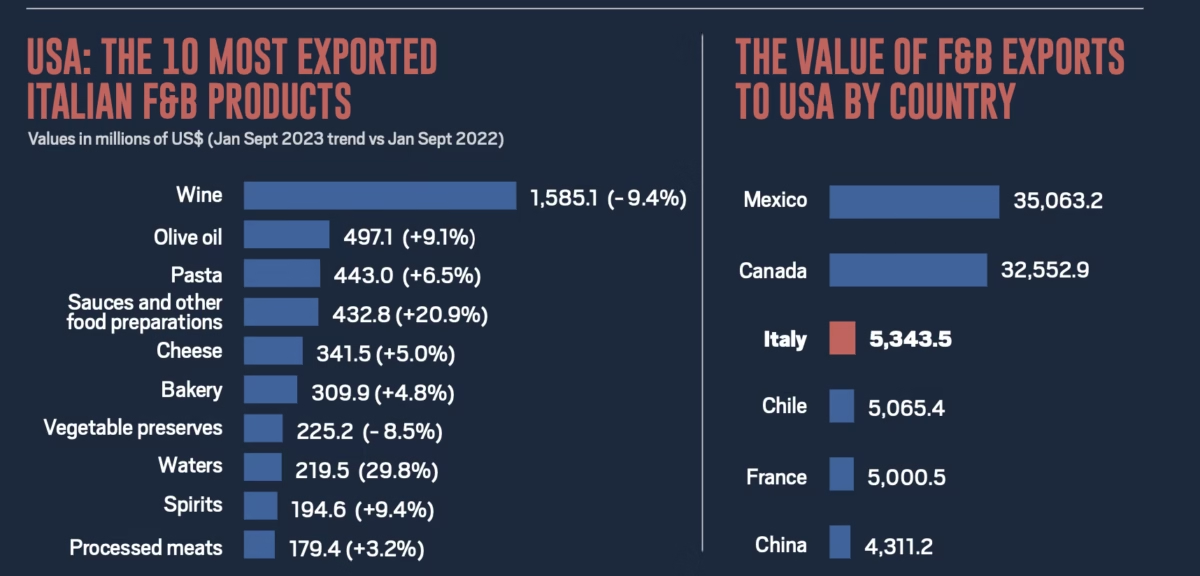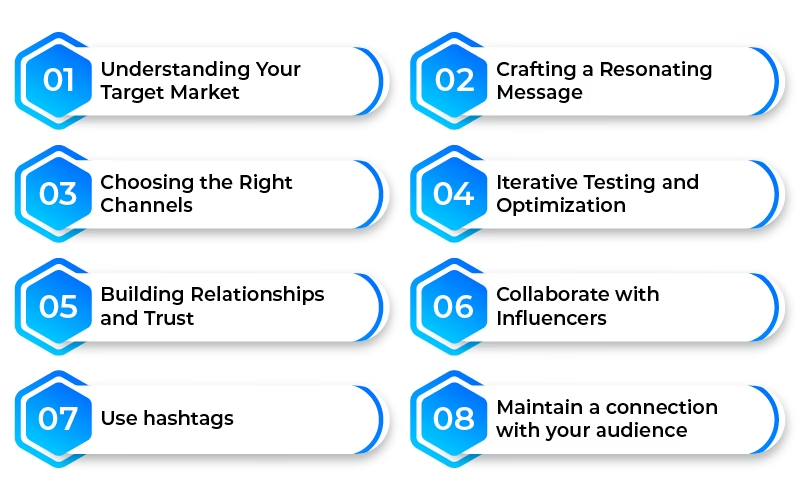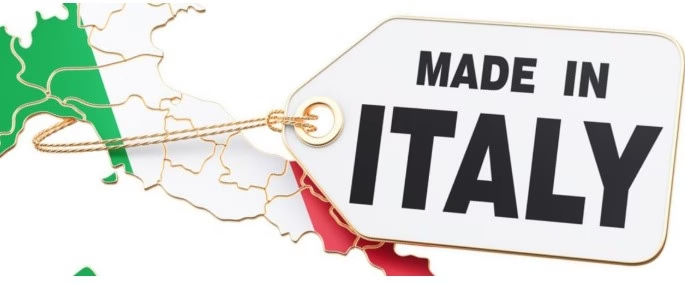- How to Import and Sell Italian Products in the USA
- Introduction
- Understanding U.S. Market Demand for Italian Products
- Choosing the Right Italian Products to Export
- Researching U.S. Import Regulations and Compliance
- Registering Your Business and Legal Requirements
- Finding Reliable Italian Suppliers and Manufacturers
- Shipping, Logistics, and Customs Clearance Process
- Pricing Strategy for the U.S. Market
- Building a Strong Brand with “Made in Italy” Identity
- Setting Up Sales Channels: Online, Wholesale, and Retail
- Marketing Strategies to Reach American Consumers
- Conclusion
- FAQS
- Introduction
How to Import and Sell Italian Products in the USA
Introduction
Importing and selling Italian products in the United States offers a rewarding opportunity for entrepreneurs and businesses looking to tap into a market that values quality, craftsmanship, and authenticity. From gourmet foods and fine wines to luxury fashion and home goods, Italian-made products have a strong reputation and consistent demand among American consumers. However, entering the U.S. market requires more than just high-quality goods. It involves navigating import regulations, understanding market trends, setting competitive prices, and building a recognizable brand. This guide will walk you through the essential steps to successfully import and sell Italian products in the U.S., from initial research to creating effective marketing strategies.
Whether you’re a seasoned exporter or new to international trade, this roadmap will help ensure that your entry into the American market is legal, profitable, and sustainable.
Understanding U.S. Market Demand for Italian Products

Before importing Italian products, it’s important to understand what American consumers are looking for. Italian food items like pasta, olive oil, and espresso are popular across all age groups, while fashion and leather goods appeal to trend-conscious buyers. Research current trends using tools like Google Trends, Amazon bestsellers, and trade publications. Also, consider niche markets—organic products, artisanal goods, or sustainable fashion. Knowing your audience allows you to align your offerings with what’s in demand, increasing your chances of success and reducing costly trial and error.
Choosing the Right Italian Products to Export
Selecting the right products is crucial when entering a competitive market like the United States. Focus on goods with proven demand and unique value—whether it’s a regional delicacy, handcrafted accessory, or luxury home décor item. Consider quality, shelf life, price point, and shipping feasibility. It’s also wise to analyze competitors already operating in the U.S. and see how your product compares. Products with a strong “Made in Italy” identity and distinct storytelling often perform better, as American consumers appreciate both authenticity and cultural richness.
Researching U.S. Import Regulations and Compliance
Importing products into the United States requires a clear understanding of customs regulations and compliance standards. The U.S. Customs and Border Protection (CBP) and other agencies like the FDA (for food) or CPSC (for consumer goods) regulate what can be imported and how. You’ll need to classify your products using the Harmonized Tariff Schedule (HTS) and ensure proper labeling, packaging, and documentation. Failing to comply can result in delays, fines, or even seizure of goods. Consulting an import broker or legal expert is highly recommended.
Registering Your Business and Legal Requirements
Before you can sell Italian products in the U.S., your business must be legally registered. This typically involves choosing a business structure (e.g., LLC, corporation), obtaining an Employer Identification Number (EIN), and registering in the state(s) where you plan to operate. Depending on your product type, additional licenses or permits may be required. Setting up a U.S. business entity not only builds trust with local customers and partners but also simplifies banking, taxation, and contractual dealings.
Finding Reliable Italian Suppliers and Manufacturers
A successful import business starts with trusted suppliers. When sourcing Italian products, prioritize companies with a strong export track record, certifications (such as DOP or ISO), and transparent communication. Visit trade shows like TuttoFood or reach out to Italian trade agencies for vetted partners. Build strong relationships by discussing production capacity, lead times, quality control, and payment terms upfront. A reliable supplier ensures consistent quality and timely delivery—two key factors in maintaining your reputation in the U.S. market.
Shipping, Logistics, and Customs Clearance Process
Efficient shipping and logistics are critical to delivering Italian products to the U.S. without delays or added costs. Choose between air freight for speed or sea freight for cost-effectiveness, depending on your product type and volume. Work with freight forwarders who specialize in international trade and understand U.S. customs procedures. Make sure your paperwork is complete, including commercial invoices, packing lists, and certificates of origin. Proper customs clearance ensures your goods reach the market on time and in compliance with U.S. regulations.
Pricing Strategy for the U.S. Market

To succeed in the U.S., your pricing must balance profitability with market competitiveness. Start by calculating your total landed cost—product price, shipping, tariffs, taxes, and warehousing. Then research your competitors to understand retail pricing norms. Consider offering tiered pricing for wholesale and direct-to-consumer sales. Factor in promotional costs and potential distributor or retailer margins. A clear, well-researched pricing strategy will help you remain attractive to buyers while maintaining healthy profit margins.
Building a Strong Brand with “Made in Italy” Identity
American consumers value authenticity, and “Made in Italy” is a powerful brand in itself. Emphasize quality, heritage, and craftsmanship in your branding. Use Italian cultural elements in your packaging, storytelling, and visuals to create a premium image. Register trademarks and logos to protect your brand in the U.S. market. Consistent messaging across your website, social media, and packaging will build trust and emotional connection, encouraging brand loyalty and repeat business.
Setting Up Sales Channels: Online, Wholesale, and Retail
Choosing the right sales channels is key to reaching your target customers. You can sell through your own e-commerce store, online marketplaces like Amazon, or partner with U.S. retailers and wholesalers. For luxury or niche products, boutique shops and specialty stores may be ideal. Each channel has its own costs and logistics, so evaluate what fits your business model. Combining online and offline strategies can maximize your reach and create a more stable revenue stream over time.
Marketing Strategies to Reach American Consumers

Effective marketing is essential for standing out in the competitive U.S. market. Use digital channels like social media, email marketing, SEO, and influencer collaborations to build brand awareness. Highlight your product’s Italian origin, craftsmanship, and unique value. Participate in trade shows and local events to build credibility and connect with distributors or retailers. Localizing your message—while maintaining your Italian identity—will help resonate with American consumers and establish trust and recognition.
Conclusion
Importing and selling Italian products in the United States is both exciting and rewarding when done strategically. From understanding market demand and compliance to selecting the right products and building a strong brand, each step plays a critical role in your success. By investing time in research, forming reliable partnerships, and creating a solid marketing and pricing strategy, you can effectively bring the excellence of “Made in Italy” to the hands of American consumers. Start small, scale wisely, and always prioritize quality and authenticity.
You Can Also Read: Lists of the Best Products and Services
FAQS
What products does the US import from Italy?
Italian – U.S. Trade
In 2023, the U.S. imported $72.94 billion worth of Italian products. The main imports were chemicals ($12.37 billion), non-electrical machinery ($12.31 billion), transportation equipment ($8.36 billion), miscellaneous manufactures ($4.57 billion), processed foods ($4.16 billion)
What are the certification of Italian food products?
The DOP, IGP and STG labels are guaranteed by the European Union regulations, that the products are “authentic” and that they represent the excellence of Italian agri-food production.
Why is Italian food so popular in America?
As Italian immigrants began to integrate into American society, so too did their cuisine. Ingredients that were hard to find in the U.S. led to substitutions and innovations that gradually transformed Italian dishes.
Can an Italian work in the US?
Employment-based Immigrant Visas
Italian citizens can apply for a US Employment-based visa to immigrate to the US with their spouses and children based on their job skills. Employment-based visas are capped and issued to about 140,000 applicants each fiscal year.
What is the most exported product from Italy?
What are Italy’s top 5 exports?
- Technical machinery and computers. Machinery and computers make up over 18% of Italy’s exports, with a value of US $91.1 billion.
- Vehicles make up the second-largest group of Italian exports.
- Electrical machinery and equipment.

Usually I do not read article on blogs however I would like to say that this writeup very compelled me to take a look at and do so Your writing taste has been amazed me Thanks quite nice post
Your blog is a shining example of excellence in content creation. I’m continually impressed by the depth of your knowledge and the clarity of your writing. Thank you for all that you do.
Wow amazing blog layout How long have you been blogging for you made blogging look easy The overall look of your web site is magnificent as well as the content
Monitor your progress regularly using Briansclub.bz tracking tools. Keeping tabs helps you stay informed and make adjustments as needed.